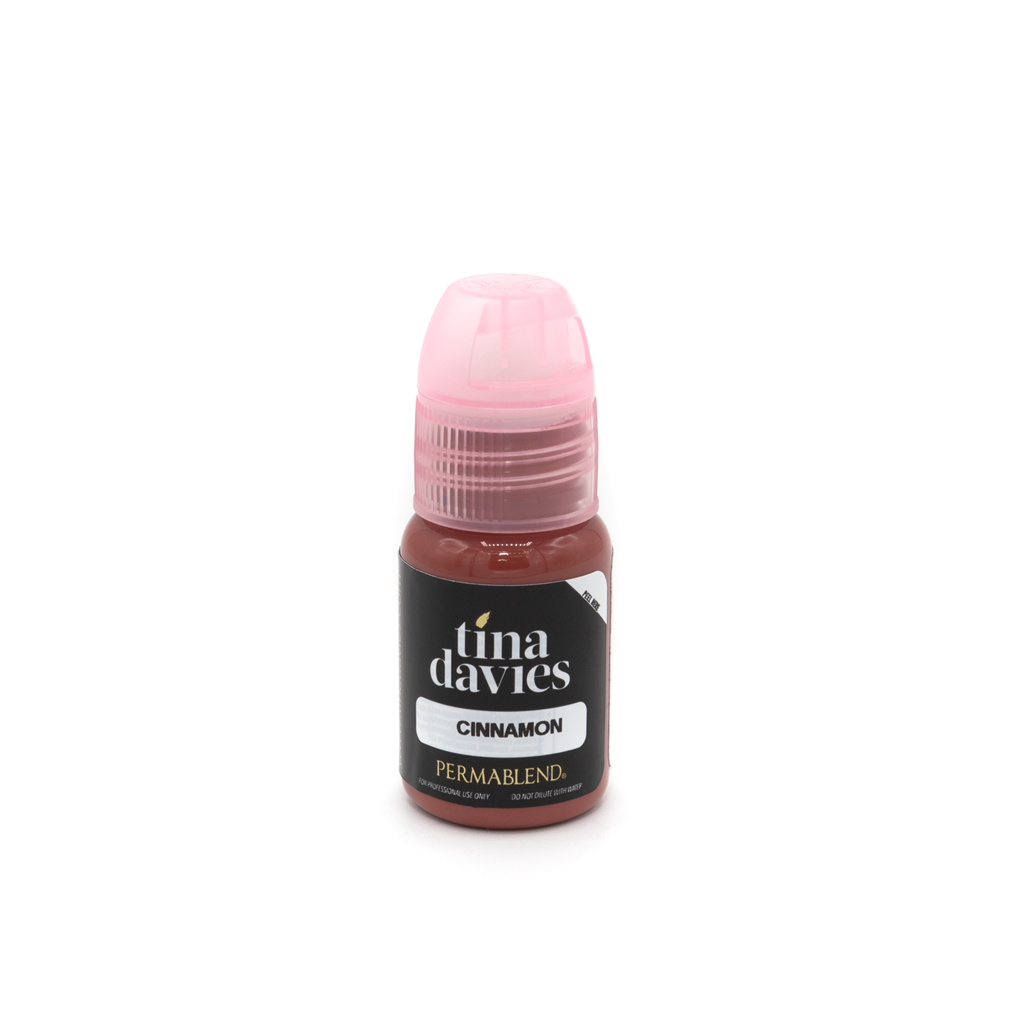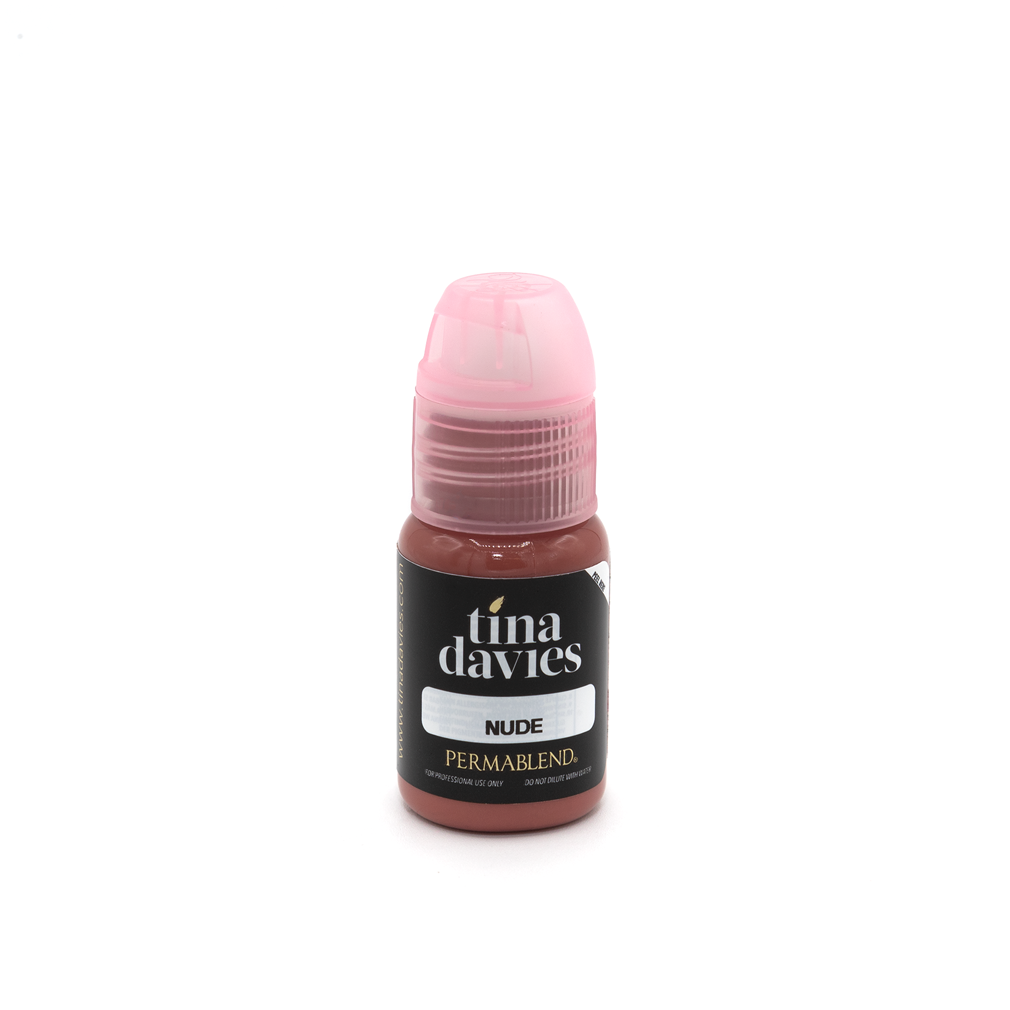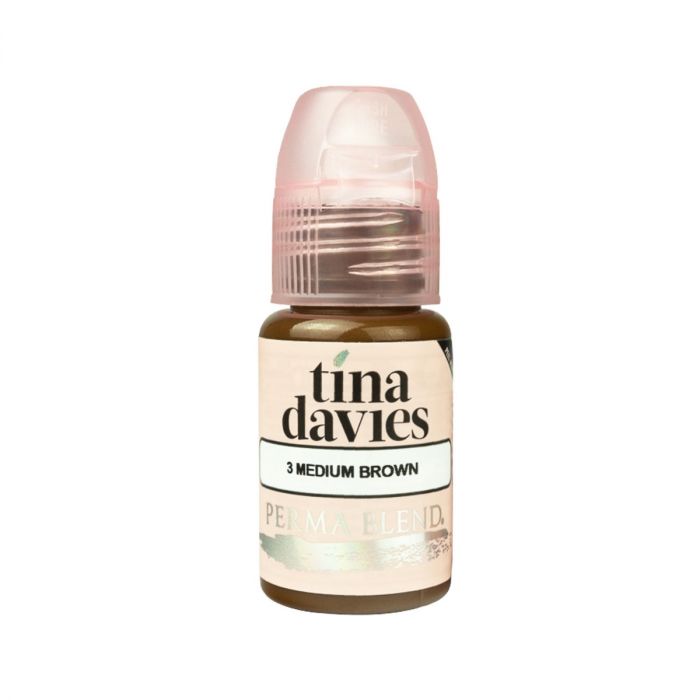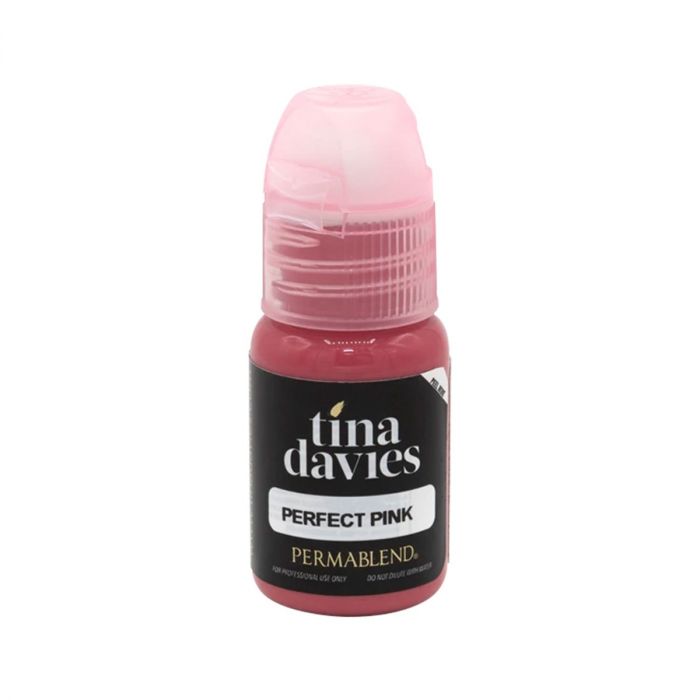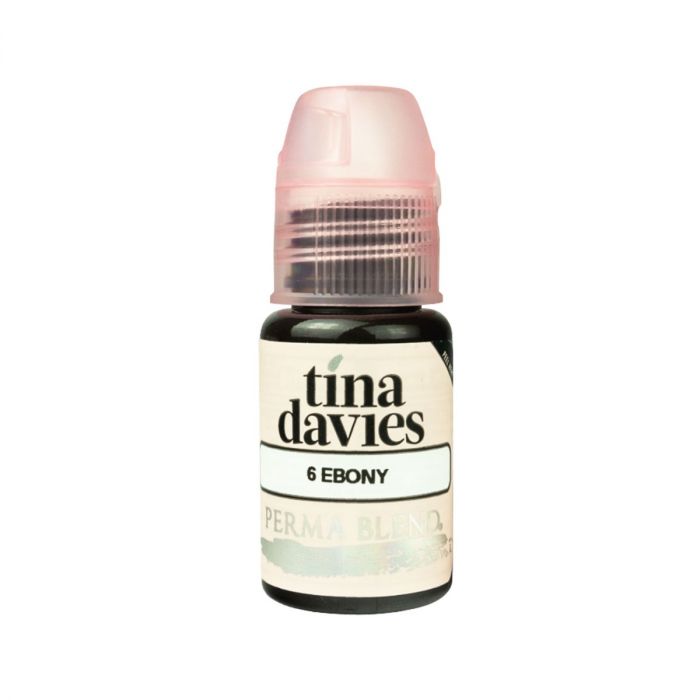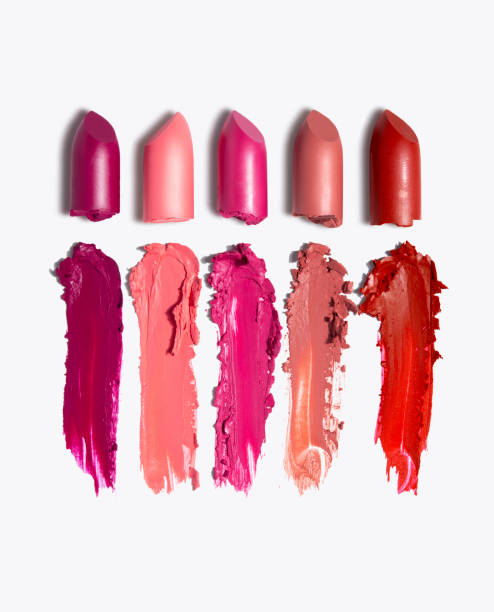How to become a microblading artist
As the beauty industry continues to develop and evolve, so do the treatments on offer. One beauty trend that has grown in popularity over the last decade, and shows no sign of slowing down, is microblading.
Microblading is a form of semi-permanent eyebrow makeup and involves using a scalpel-like instrument to make lots of little incisions into the skin. These small cuts are then filled with coloured ink pigments to mimic the look achieved by everyday eyebrow makeup. The result: full, fluffy brows that last all day long!
For those already trained in eyebrow maintenance procedures, or for anyone looking for a big career change, training as a microblading artist might just be the answer.
Read on to learn everything you need to know about becoming a successful microblading artist.
Step One: Enrol in a microblading course.
Like any beauty treatment, you must complete an accredited microblading training course to become a qualified artist.
There are hundreds of microblading training academies based around the UK and it is imperative you do lots of research before booking onto any. Microblading courses are expensive, and you want to make sure you choose a well-respected academy before paying out for training.
For those who can’t afford to pay for the whole course upfront, some training academies offer finance options. Whilst these courses may seem expensive, qualified microblading artists can often make back their investments very quickly.
Microblading training courses are usually 2-5 days long and provide students with the basic knowledge and certification to allow them to embark on their training career.
If you are struggling to find the right training course for you, consult The British Association of Beauty Therapy or the Vocational Training Charity Trust for advice.
Step Two: Get insured.
Once you been certified as a microblading technician, you must buy the correct insurance to cover any form of freelance work.
This applies to anyone with their own treatment room, those who work as a mobile therapist and those who practice in someone else’s treatment space.
With a good insurance policy, you can reduce the stress associated with carrying out intricate procedures and ensures you are covered in the event of any issue.
Step Three: Apply for a licence.
Once you have completed your training, and are insured to start practicing on live models, you will need to apply for a licence to carry out microblading procedures through your local council.
Your council will ask for specific documentation to prove that you are compliant with industry regulations.
This usually involves sending them a copy of your clinical waste contract, a detailed list of the products you need to carry out the treatment (and their compliance with UK regulations), training certificates, insurance papers, an electrical test (PAT) certificate and a safety certificate for fire regulations.
Each council requires different documentation to supply technicians with a licence so be sure to do your research before reaching out.
Step Four: Build your toolkit.
Before you can start working on clients, you must first build a comprehensive toolkit of the best quality microblading equipment. Whilst technique and training are important in ensuring the best results, this will only get you so far! Investing in high-quality equipment is absolutely essential in ensuring high-quality results.
The equipment needed to carry out a microblading procedure includes ink pigments, microblades, pre-draw tools and more. Check out our blog on the highest-quality microblading supplies here to find out more.
Step Five: Practice!
Once you are insured and have obtained the correct licence from your council, you can begin working on live models.
Whilst you will have learnt the basic skills during your training course, the best way to improve your microblading technique is to practice on as many clients as possible. Just like anything in life, practice really does make perfect when it comes to semi-permanent makeup!
If you’re slightly nervous to start charging clients, working with friends and family is a great place to start perfecting your skills. If you’re unable to practice on real skin, invest in some practice skin. This will allow you to hone your technique without worrying about causing any long-lasting results.
If you’re struggling to get to grips with the microblading technique, reach back out to your trainer for advice and support.
Step Six: Advertise your business.
Training in microblading is often the easy part when looking to launch your new venture. Building your client list and generating business is the difficult bit! Below, we have listed our best advice for marketing your services and generating a steady stream of work:
- Build a website.
Having your own website is a great way of getting your business noticed online. It helps to increase your discoverability when people search for your specific services and makes your business seem professional and credible.
A website will also allow you to showcase your work so that clients can see real-life examples of what you can achieve. Additionally, if you invest in an online booking system, clients can book in for an appointment immediately.
- Invest in some business cards.
Get some business cards or flyers printed to promote your services. You can then place these in local spaces to help raise awareness. Drop them into your local café, gym, or supermarket to make your services known.
- Set up social media accounts.
Social media is one of the most powerful tools for showcasing your work and generating business. Instagram, Facebook and Youtube are all great platforms to start with. As they are picture and video-led, they allow your clients to see exactly what sort of results they can expect to achieve if they book in for a session.
- Gather testimonials.
Recommendations are absolutely key in when looking to build a successful beauty business. Ask all of your clients for feedback and testimonials that you can post to your website and social media channels. This will help to instil faith in potential customers; if someone else has received brilliant service, they can expect to too!
- Analyse your competitors.
Once of the most successful ways to build your business is to study what your competitors are doing and try to create your own, unique way of doing the same. But be sure not to copy anybody else’s work! Remember, other practitioners have worked hard to get where they are today and won’t appreciate you piggybacking off their success.
So there you have it! Everything you need to know to get started with your microblading career. Head to our shop to start building your microblading toolkit today!

